What do you actually do? – Monika Grzymala
“I always describe myself as a sculptor who makes drawings,” says Monika Grzymala. Glancing around her one-room studio, the artist’s gaze comes to rest on a wall-based installation made from lengths of black and silver adhesive tape. Created for an exhibition at Lisson Gallery in 2016, what’s visible is only a small section of a much larger work. The real thing, Grzymala tells me, took three days to make and spread like a spider web across an entire room of the London-based gallery. It’s a process she calls “Raumzeichnung” or spatial drawing. “I see all my installations in this way,” she says, “but there are still some people who ask, ‘What’s this got to do with drawing?’”
A lot, as it happens. Grzymala brings down a box of loose sketches from a set of metal shelves and flicks through them. Black ink on textured handmade paper, each page shows a combination of swirling, interconnecting lines. “I [use drawing to] try out different lines and shapes,” she explains. “It’s always a line but in various emotional states.” Trained in classical stone sculpture, Grzymala first began making these abstract drawings when she moved to Hamburg to study at the HFBK in the mid-1990s. Finding herself alone in an unheated apartment—“the milk froze on my kitchen table”—Grzymala picked up a pen and started drawing a line in an empty sketchbook. “This line continued from one page to another,” she recounts. “At some point it left the sketchbook and carried onto the table and the surrounding walls.”
For over twenty years now, the Berlin-based artist has been expanding on this initial discovery in ever more imaginative ways. Interested in the moment in which drawing becomes sculpture, she’s painted on ice to create an artwork that skaters could glide across in Hamburg, covered the walls of Vienna’s Albertina Museum with 3,6 km masking tape, and collaborated with Aboriginal artists on a flowing installation of paper and string for the 18th Biennale of Sydney. But despite working like this for decades, for Grzymala it’s still a challenge to move from two dimensions into three. “The step into space is always a painful decision,” she says.
At the time of our studio visit, Grzymala is working on a commission for the courtyard of the Graphic Collection Kupferstich-Kabinett in Dresden, as part of the celebrations for the museum’s 300th anniversary. Pointing to an architectural model of the proposed work, she tells me that the installation’s forms are inspired by portrayals of paper scrolls from the museum’s collection. “You see them in every print and drawing,” she explains. “They usually contain a written message, but there are many prints by Albrecht Dürer, for example, where they’re left empty, and are—in my eyes—describing space.” For the museum, Grzymala is planning to replicate these scrolls using a lightweight paper material to create forms that will hover over the heads of the museum’s visitors, encouraging them to experience this historic space differently in the process.
This isn’t the only time that the sculptor has worked in a public space. In 2018 she was asked to create a permanent site-specific installation for the atrium of the Hubben Uppsala Science Park in Sweden. The resulting sculpture, which comprised two twisting, meandering lines based on the unique “double helix” shape of DNA, took her a year to complete. “Constructing it was a real challenge,” Grzymala says of the 2.8 ton, 25-meter-high sculpture. Unlike her paper or adhesive tape installations, which Grzymala usually builds without assistance, in Sweden, she had to work with structural engineers, metal workers, sculptors and painters. It wasn’t always an easy process. “All the engineers you consult start saying, ‘no it’s not going to work, it’s much too thin,’” she says. “I was always more confident than them. I said, ‘believe me it’s going to work’ and it did!”
In an effort to combat the labour-intensive nature of works like these, Grzymala has been experimenting with virtual reality. “The hope is to create works that I don’t need to travel with in the difficult way I’m doing at the moment,” she says. “It’s a lot: you have to do a site visit then you have to come back when you’re installing the piece. Sometimes you’re in places that are extremely hot or cold. You also have to fly there and deal with the time differences.” Beyond the practical reasons for working with VR, it also has the ability to take Grzymala’s bombastic work to the next level. “VR allows me to do things that are far beyond physical limits,” she enthuses. “I can walk on the ceiling or the walls if I want to. That’s what I’m attracted to. In this reality I have to deal with gravity.”
Ultimately though, Grzymala always comes back to her first love. After a bout of “cyber sickness”—too much time spent in virtual reality—left her feeling constantly nauseous, she recovered by returning to her studio and picking up a brush. “Drawing on hand made paper, which is so personal because it’s made from the used clothes of real people, and being able to observe how the ink soaked in, well that was great. It was a way to ground myself again.”
Monika Grzymala is a Polish-born German artist based in Berlin. She studied in Karlsruhe, Kassel and Hamburg. Her work has been exhibited internationally, including MoMA Museum of Modern Art, New York; Tokyo Art Museum; and Hamburger Kunsthalle.
HFBK graduate Chloe Stead, together with the photographer and also HFBK graduate Jens Franke, met former HFBK students to talk about work, life and art. It is the prelude to a series of interviews for the website of HFBK Hamburg.






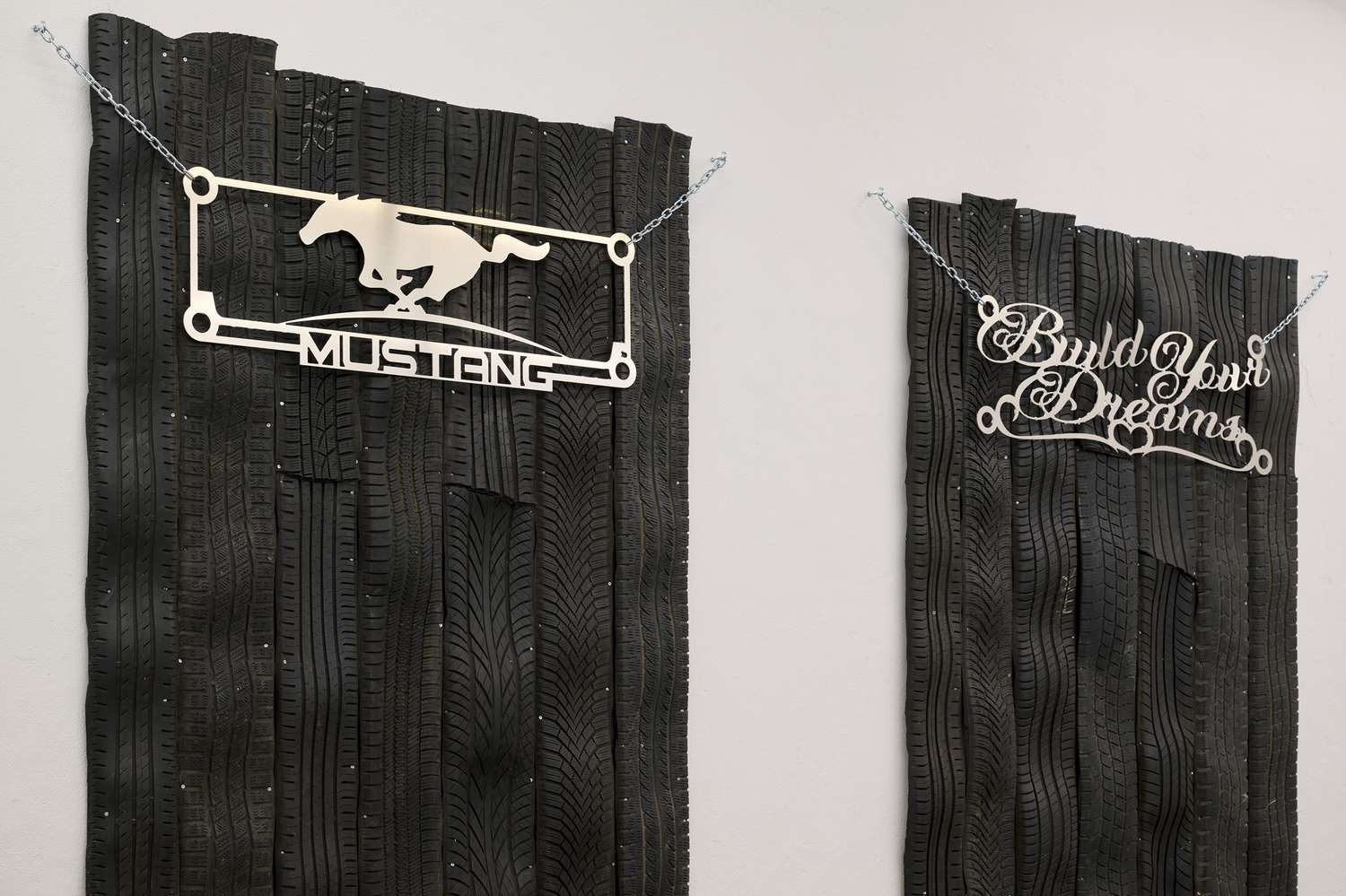
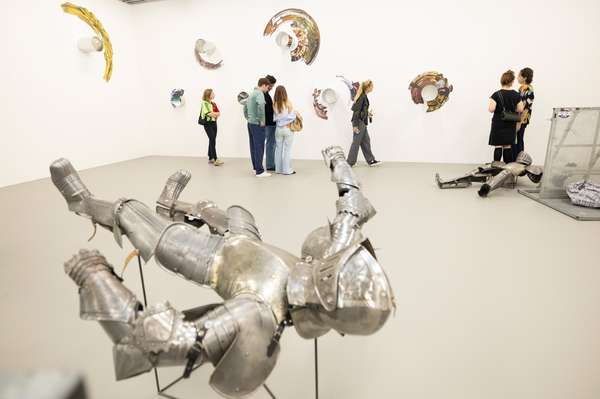

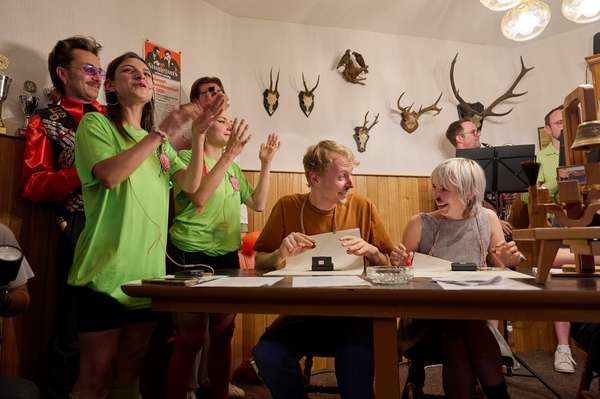
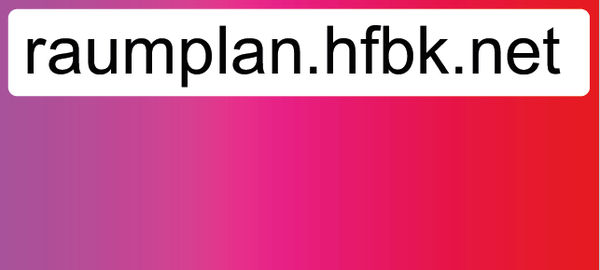
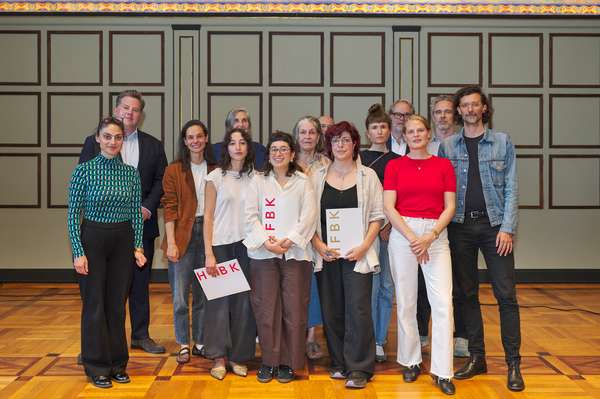
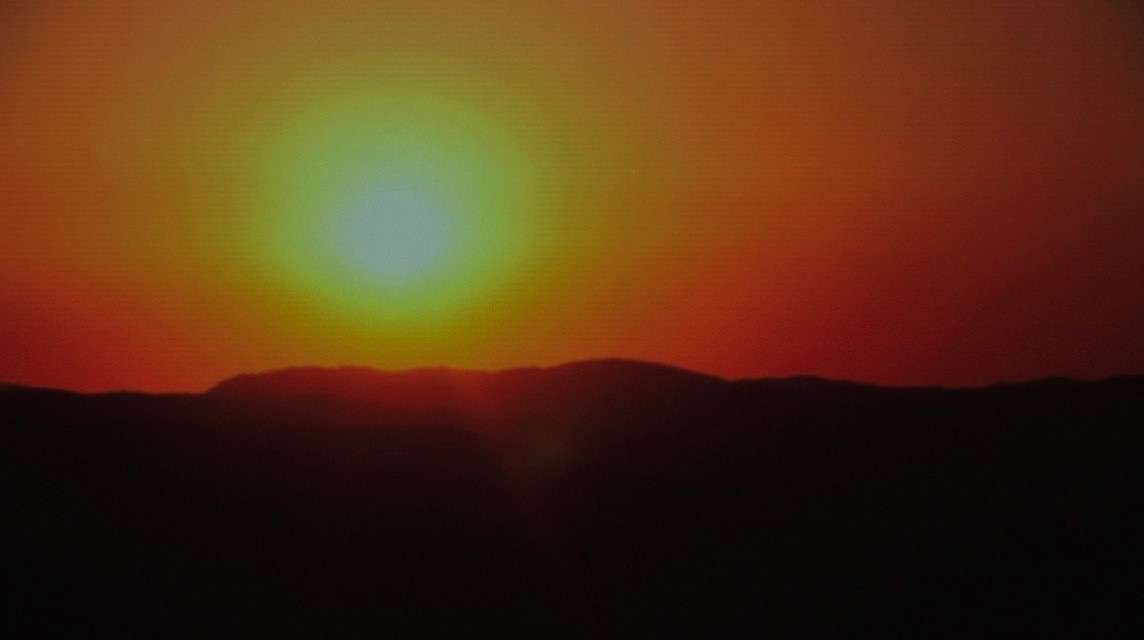
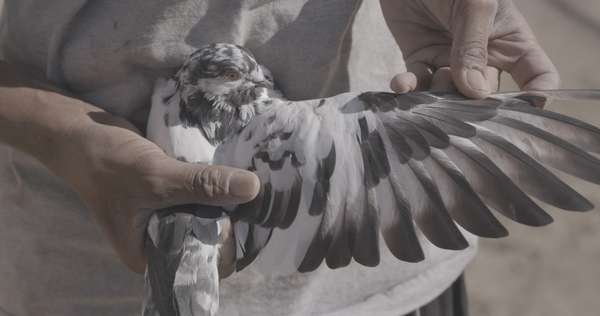
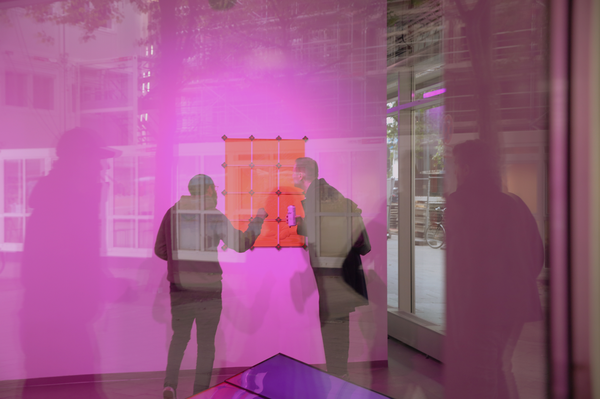


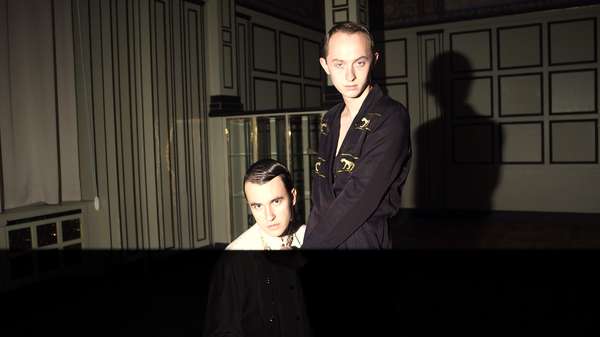
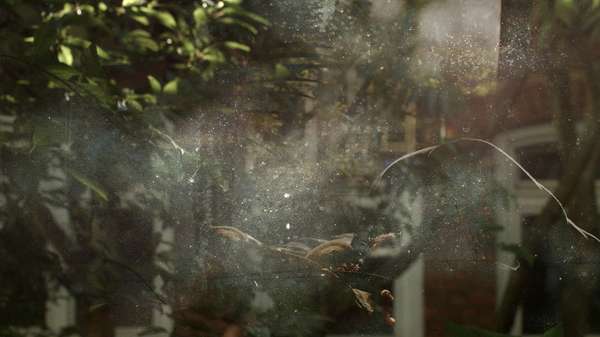
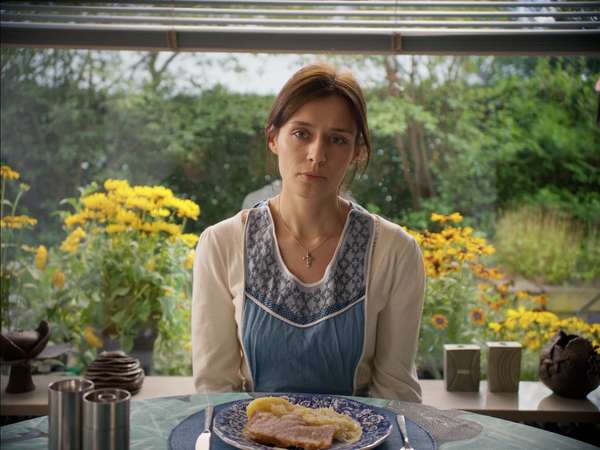
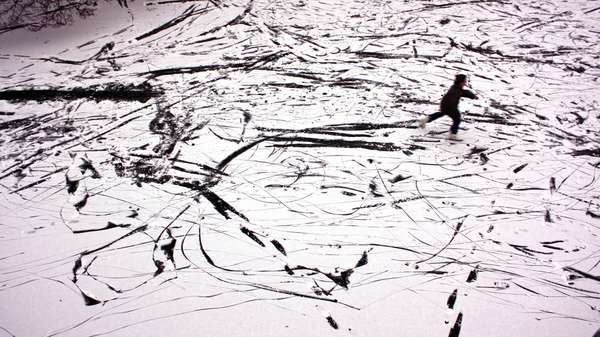
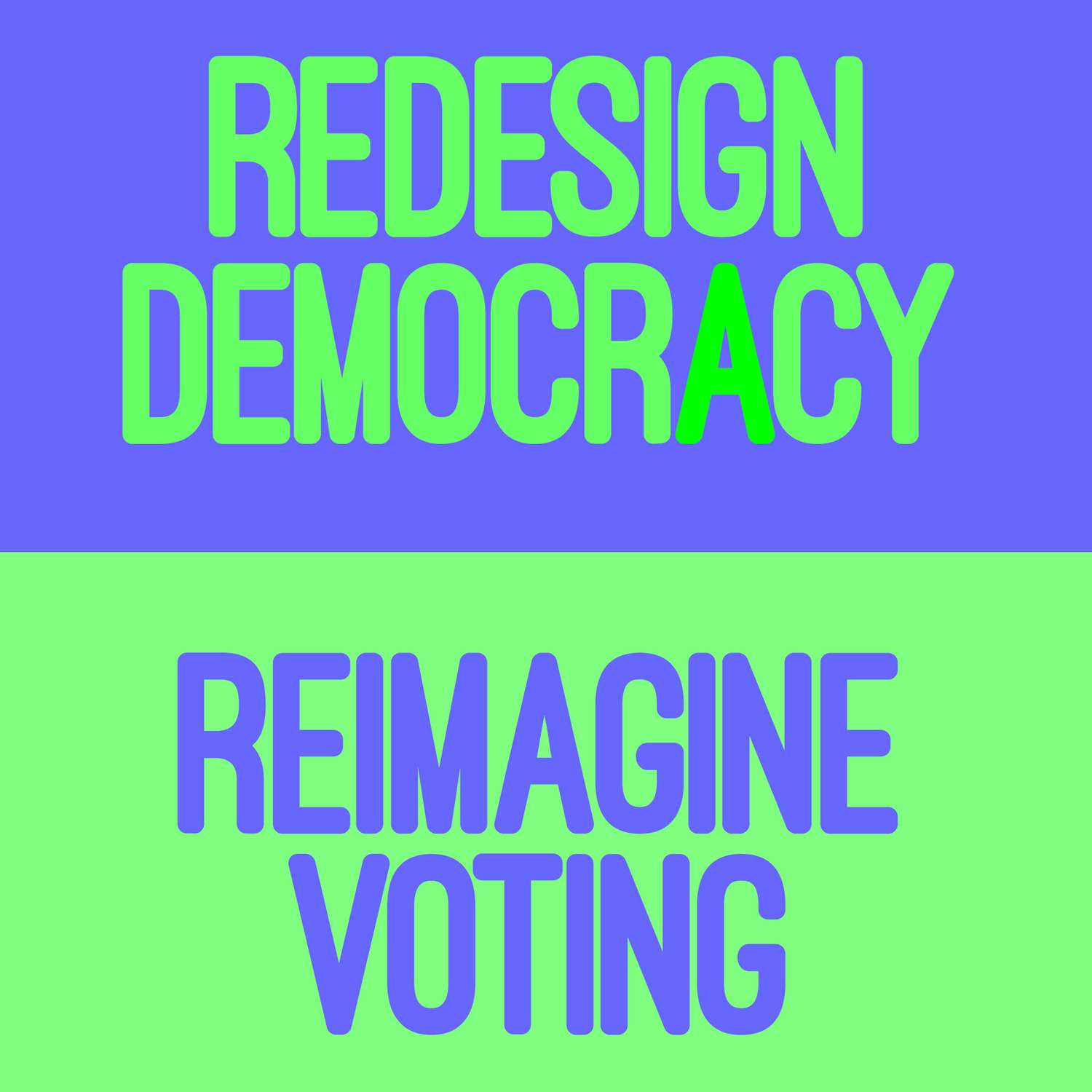

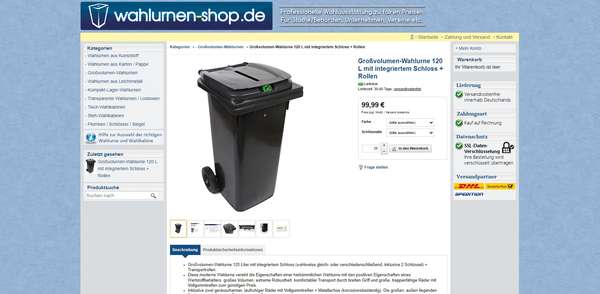

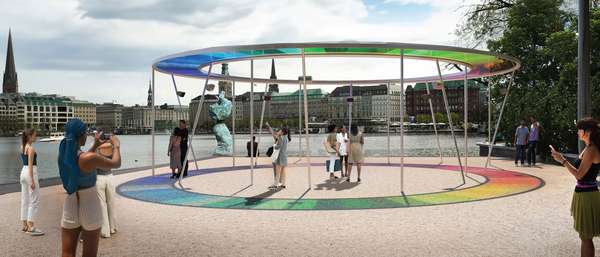

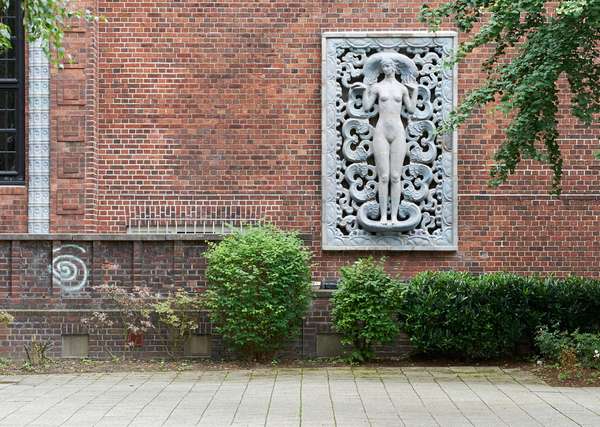
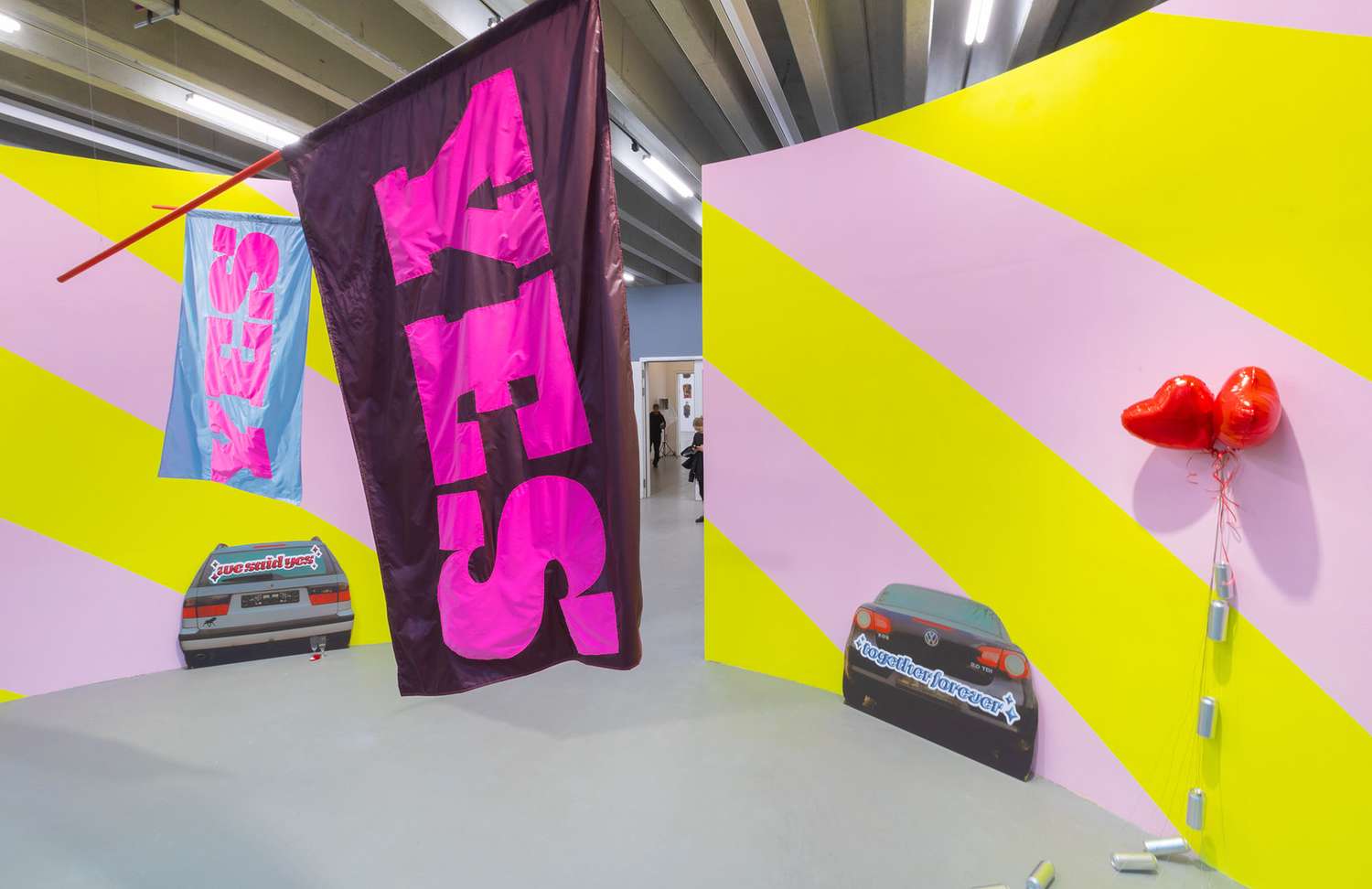
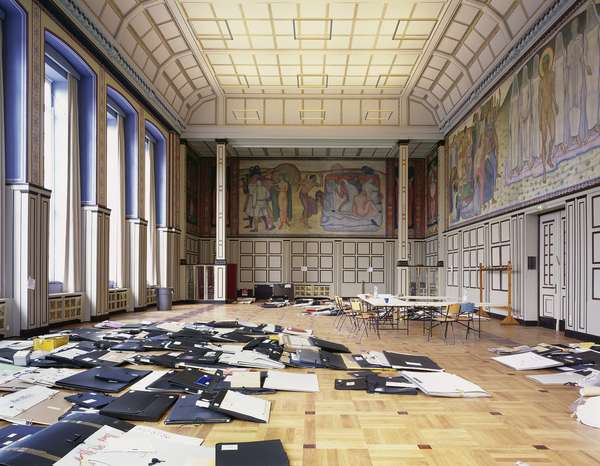
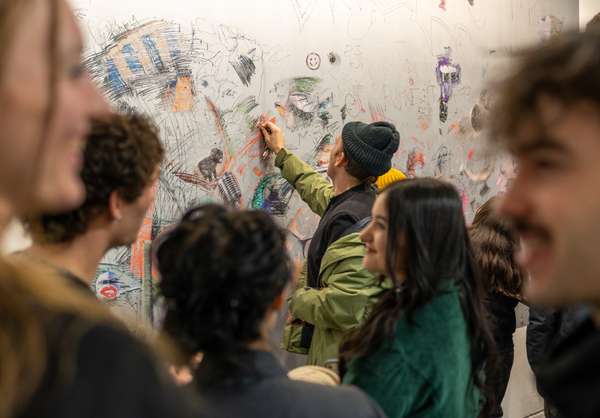
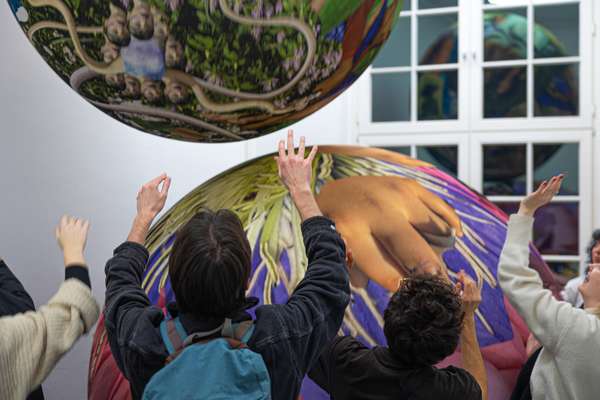
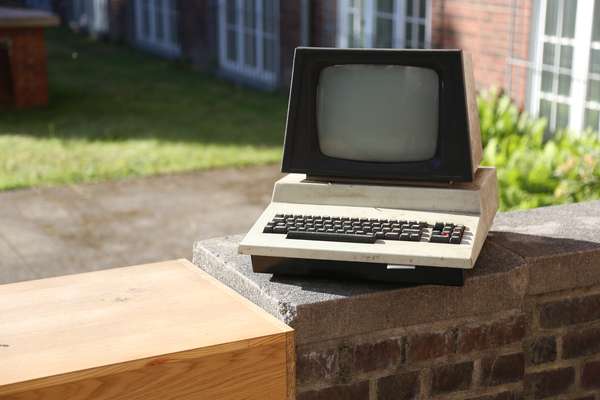


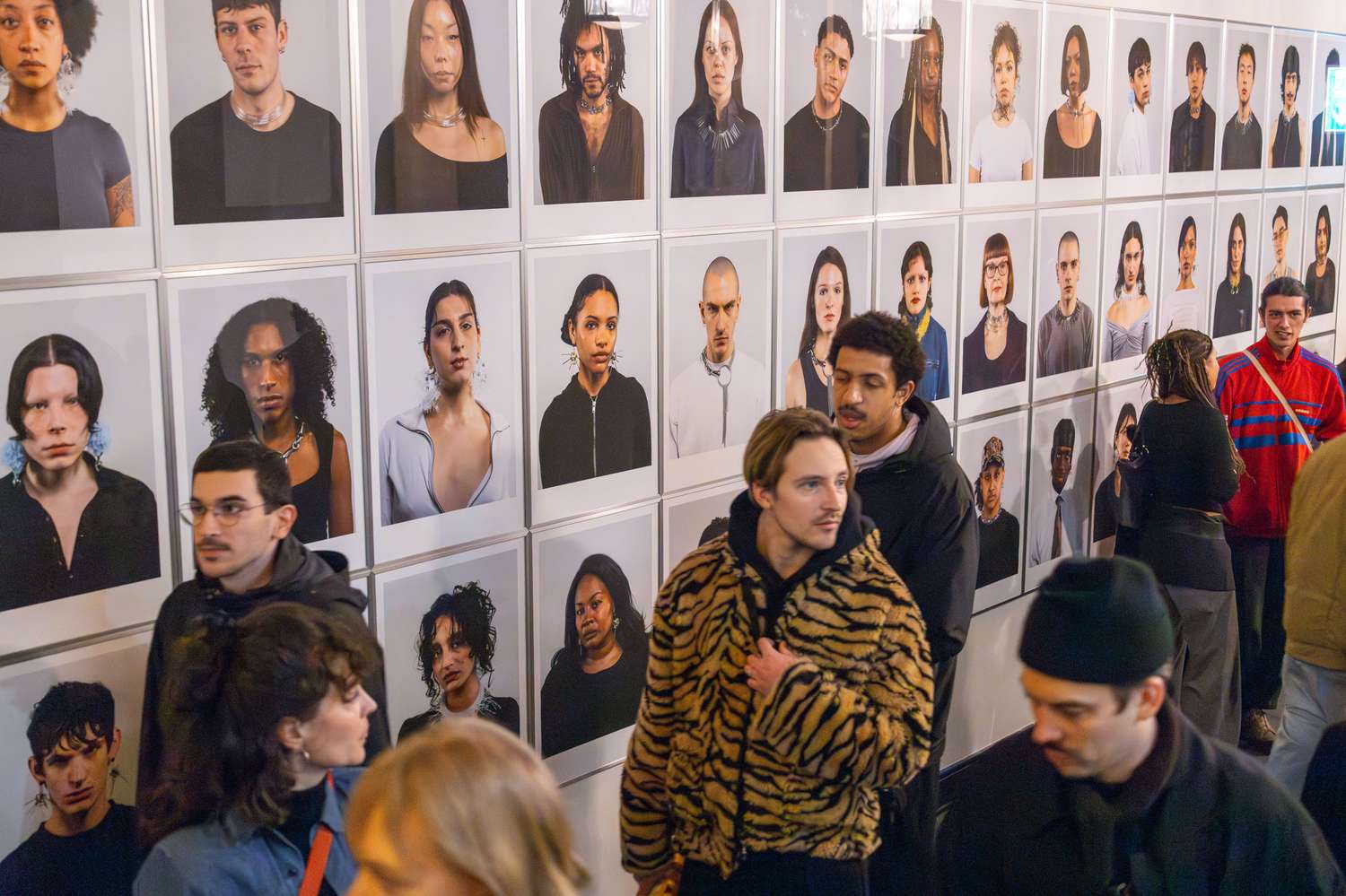
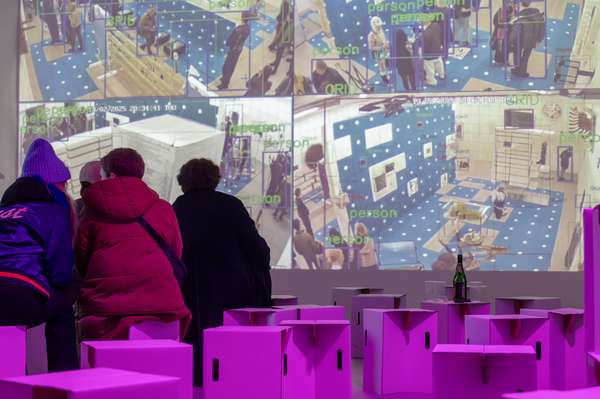
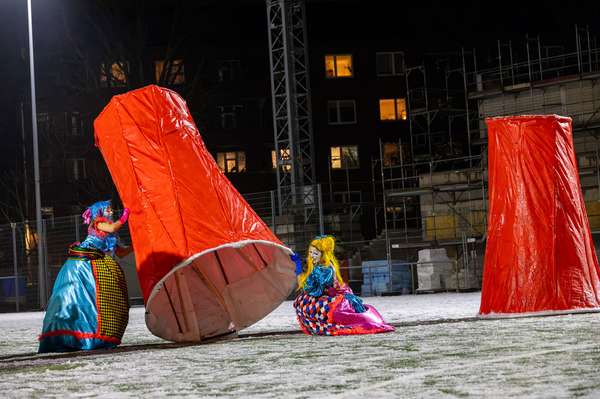
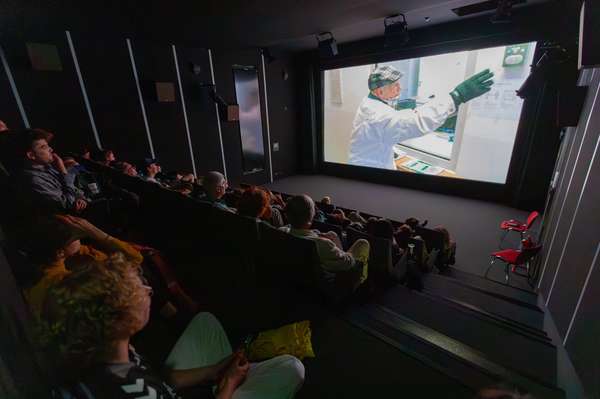
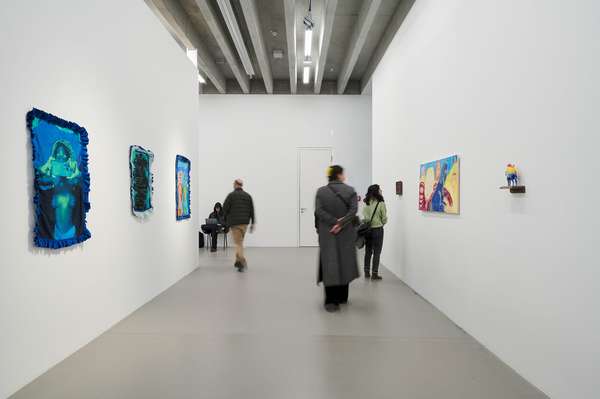
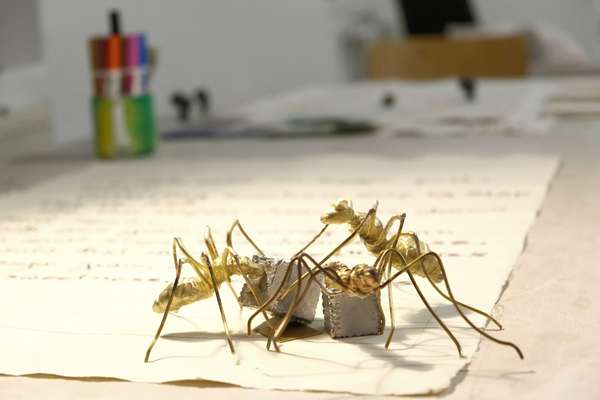
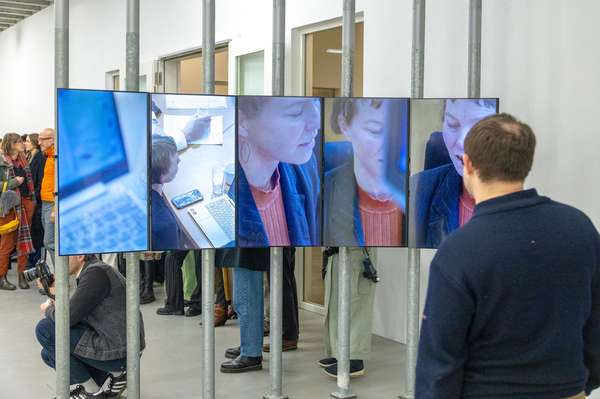
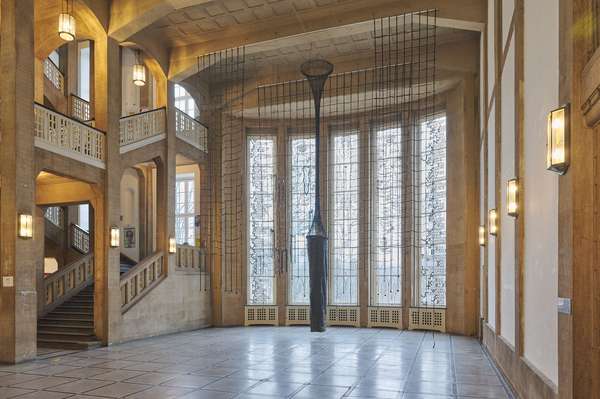
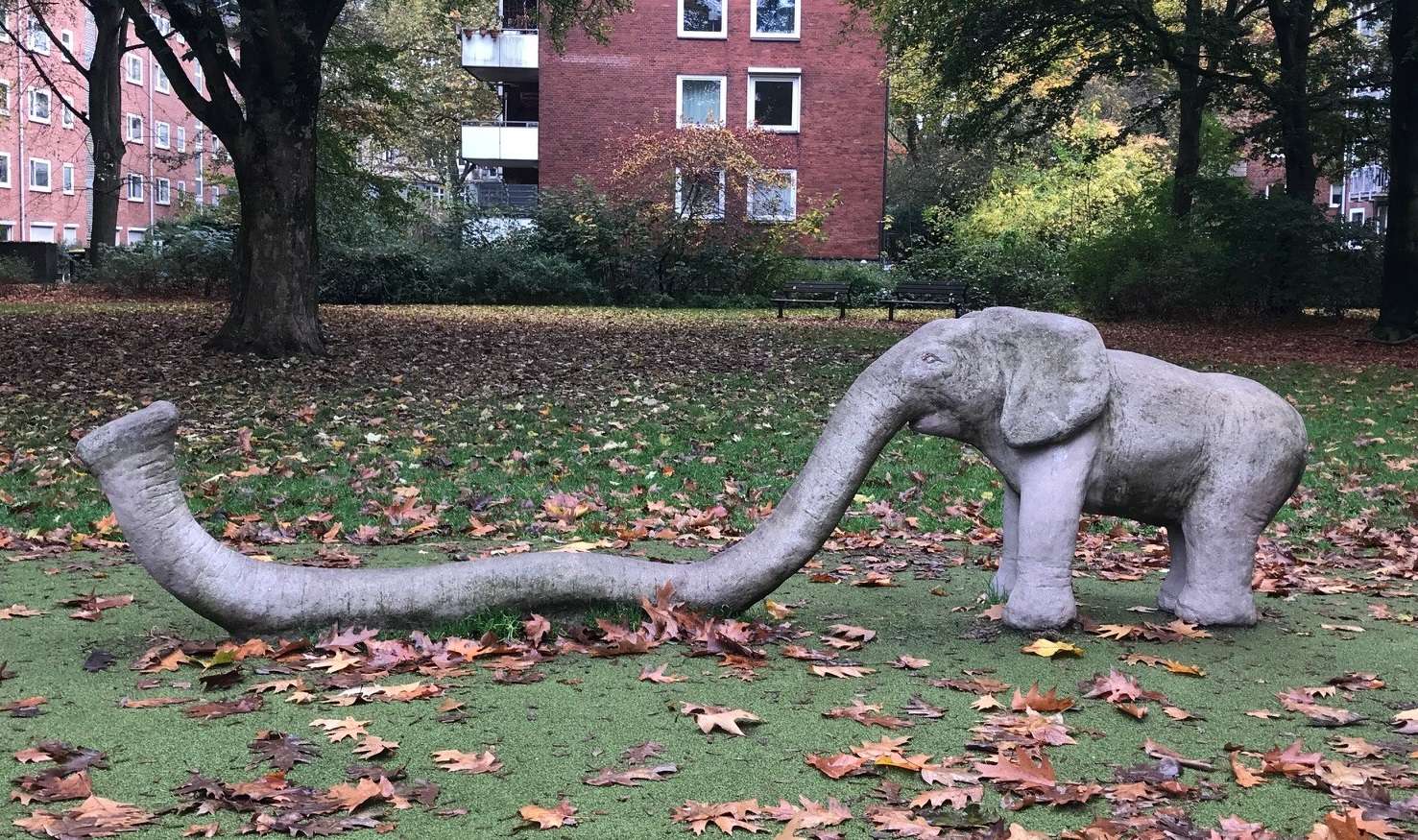
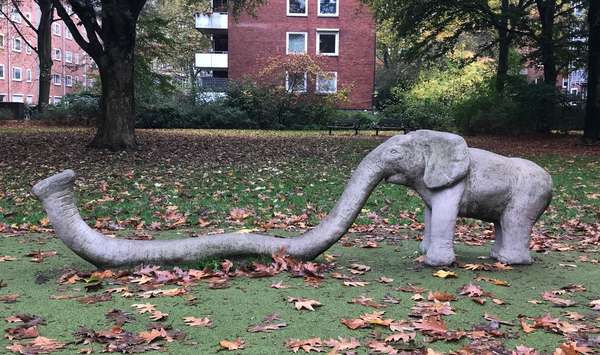
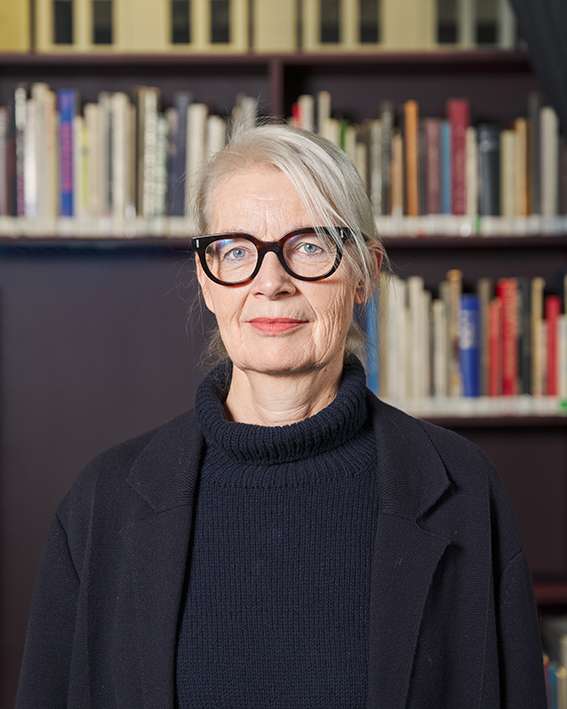
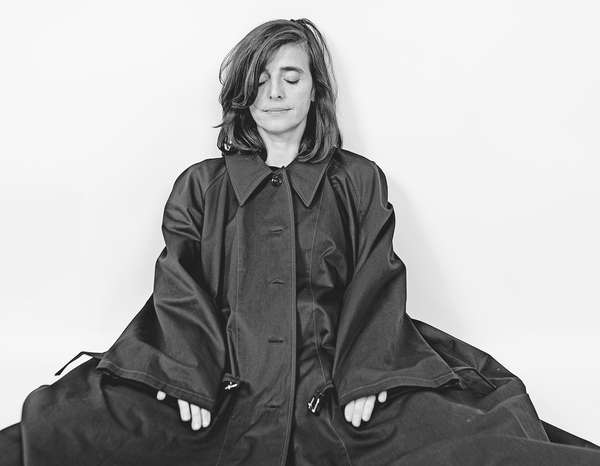
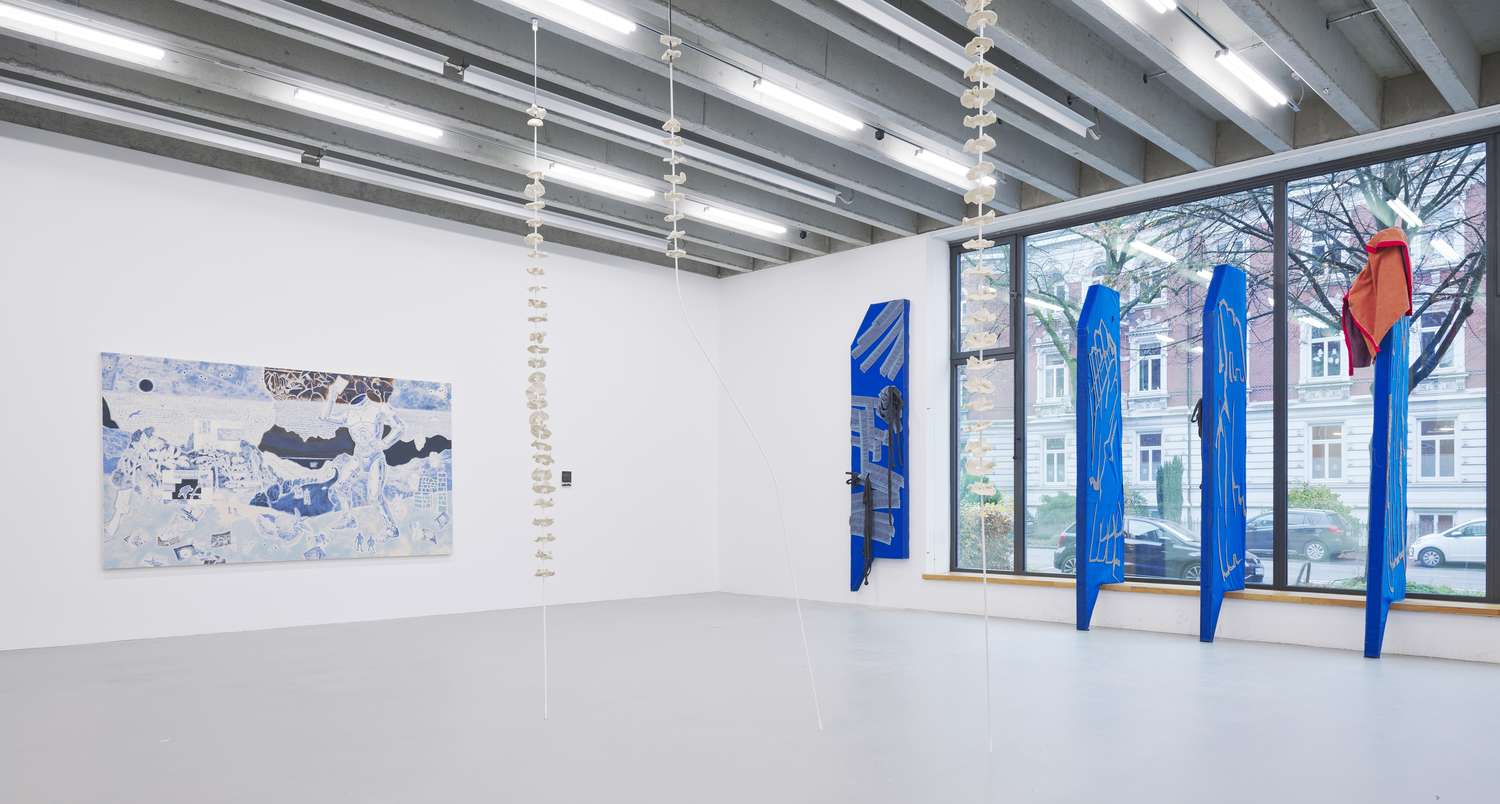
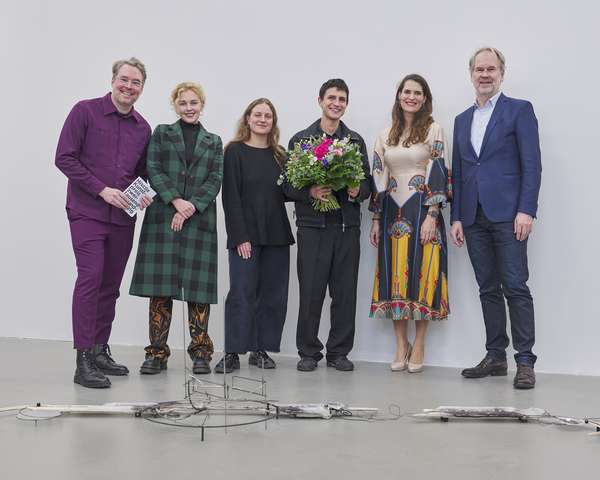
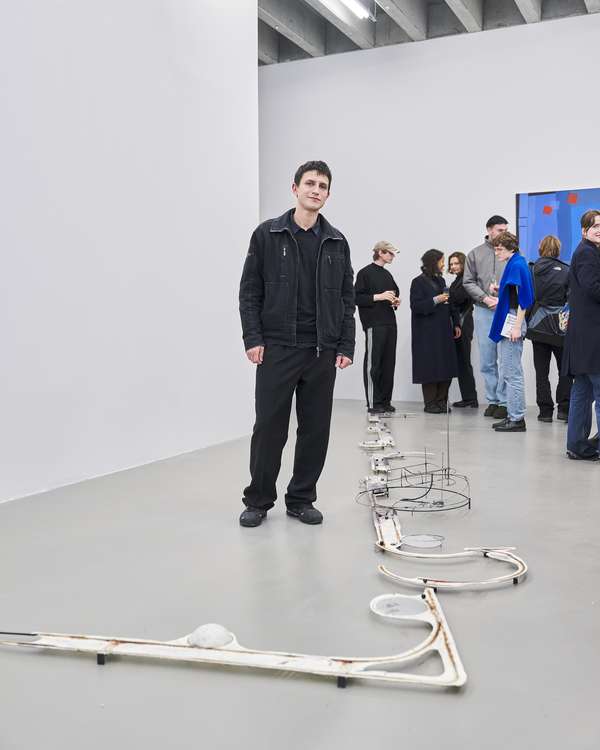
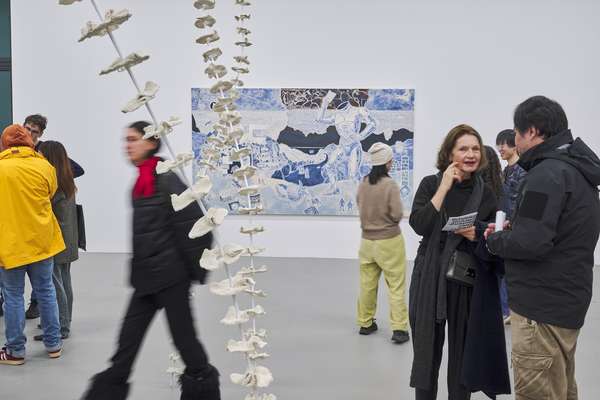
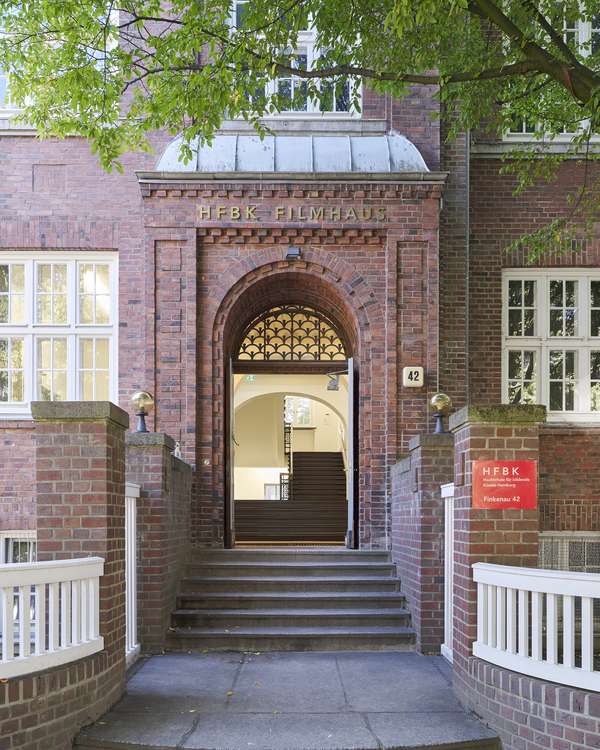
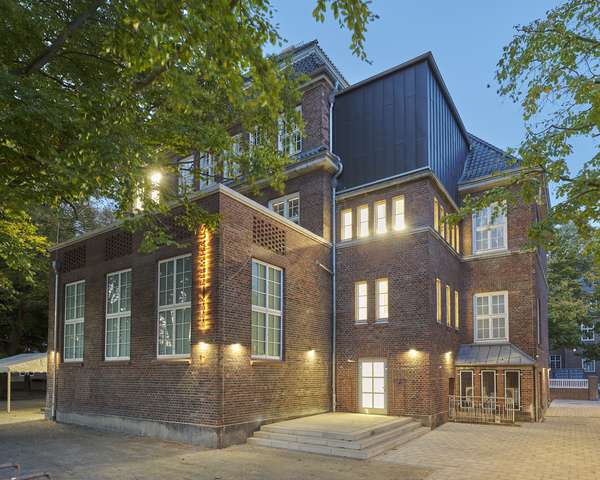
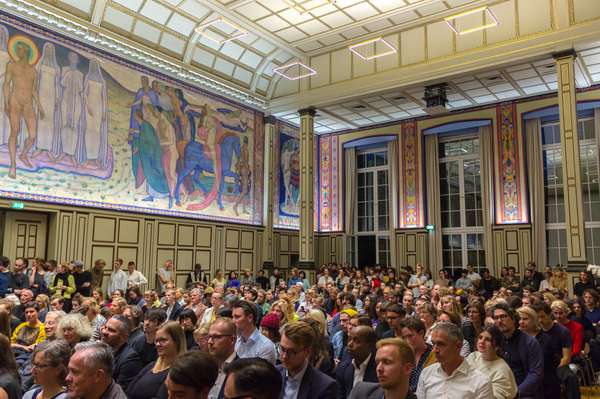
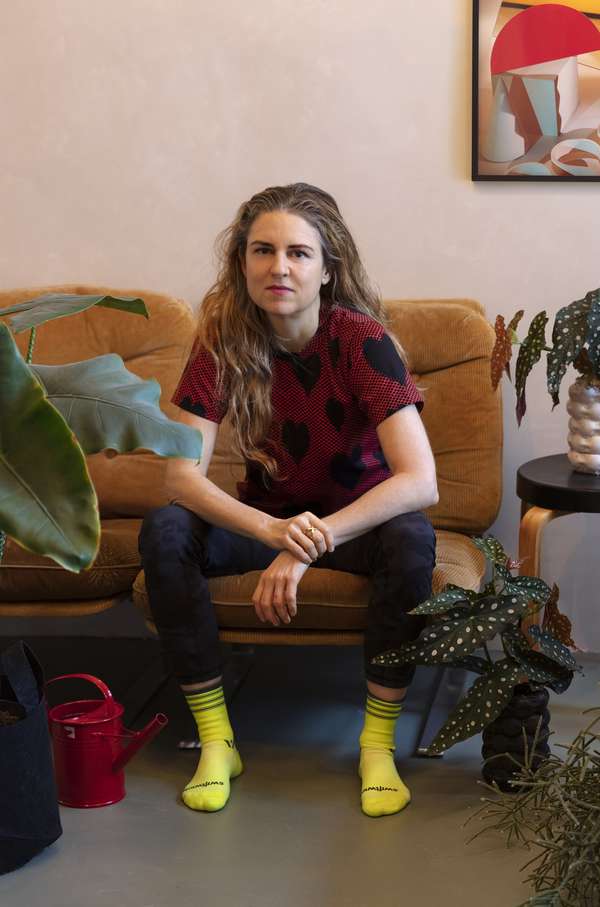
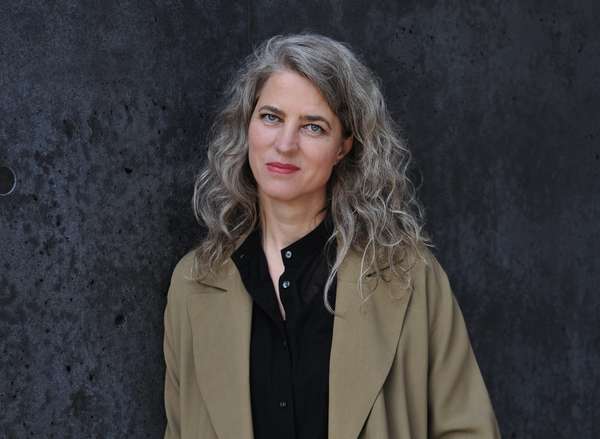
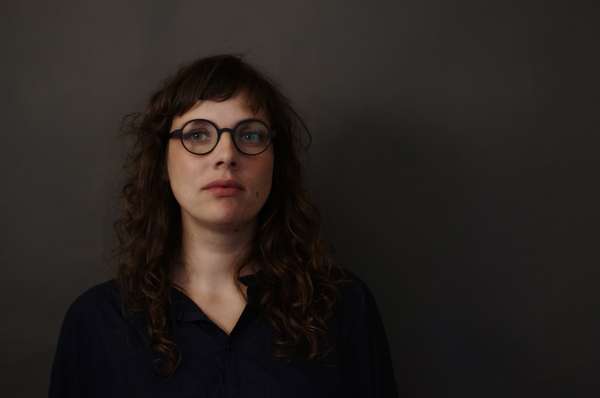
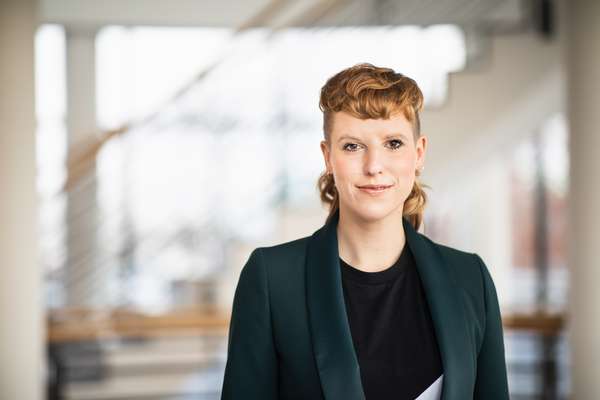
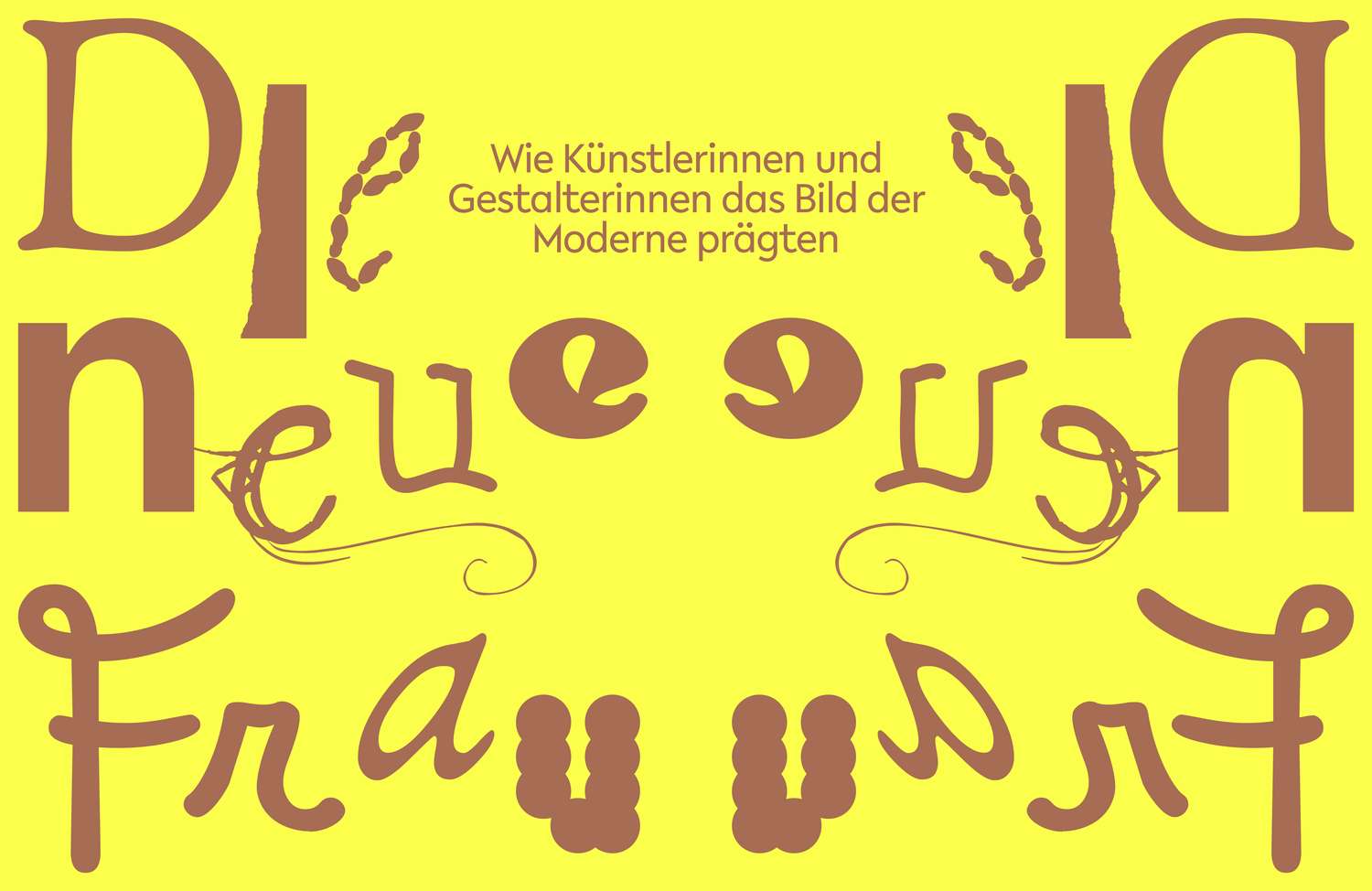
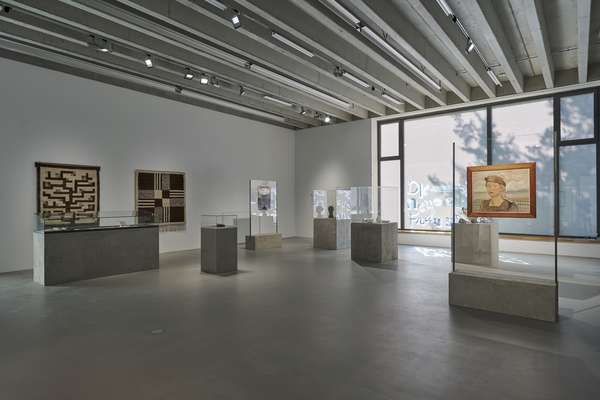
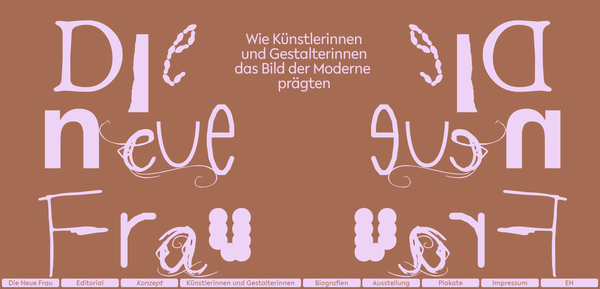
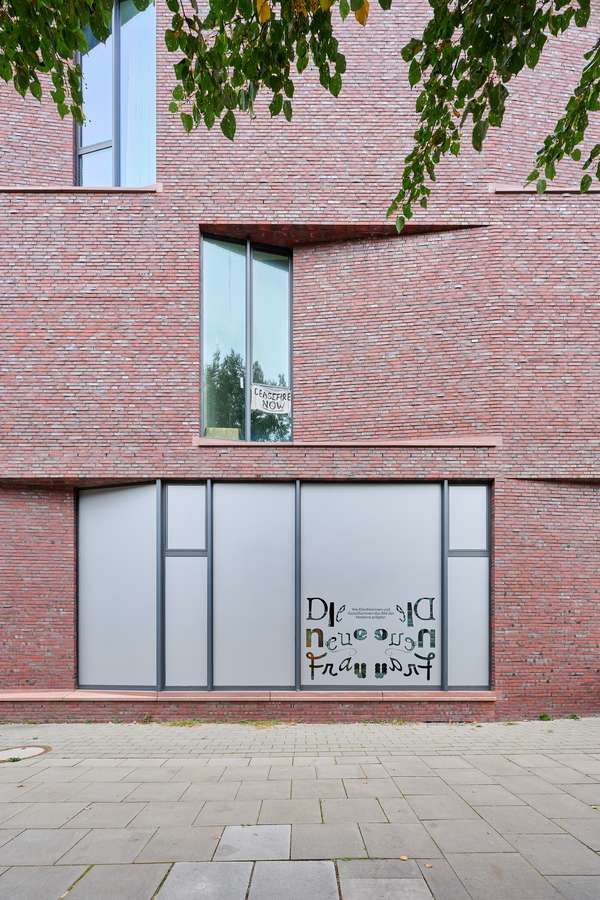
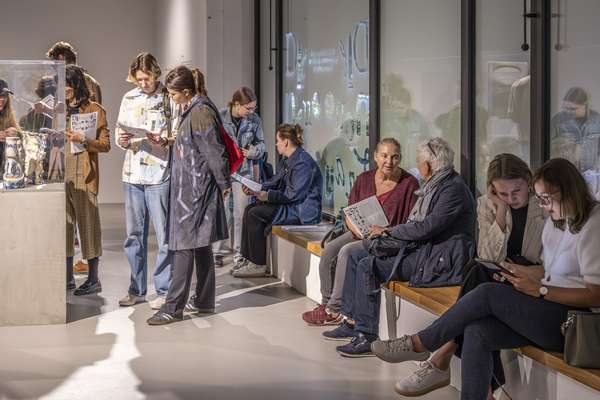

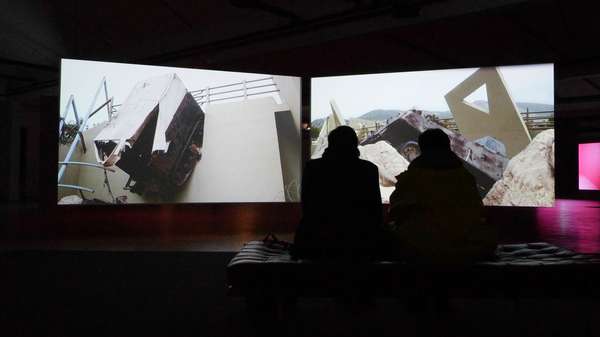
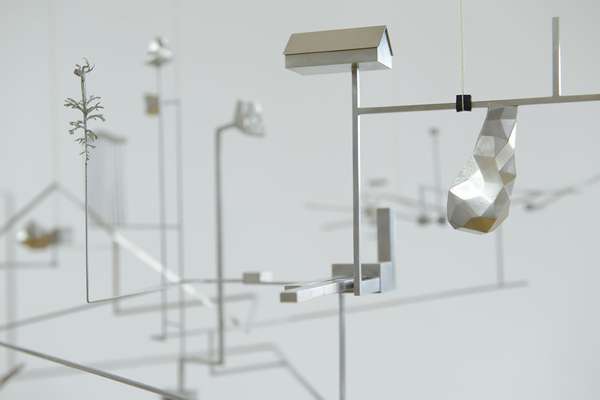
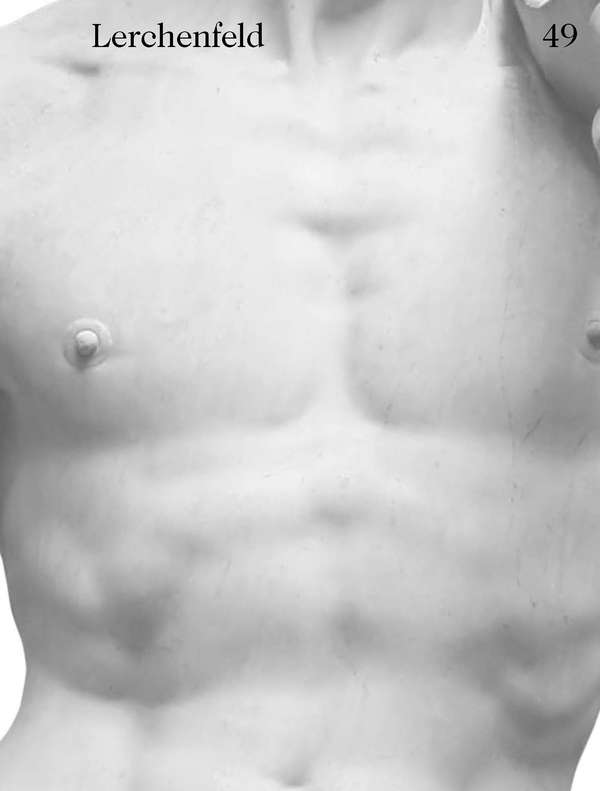
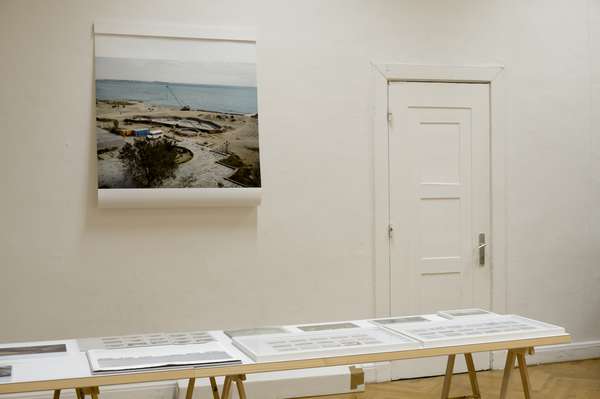
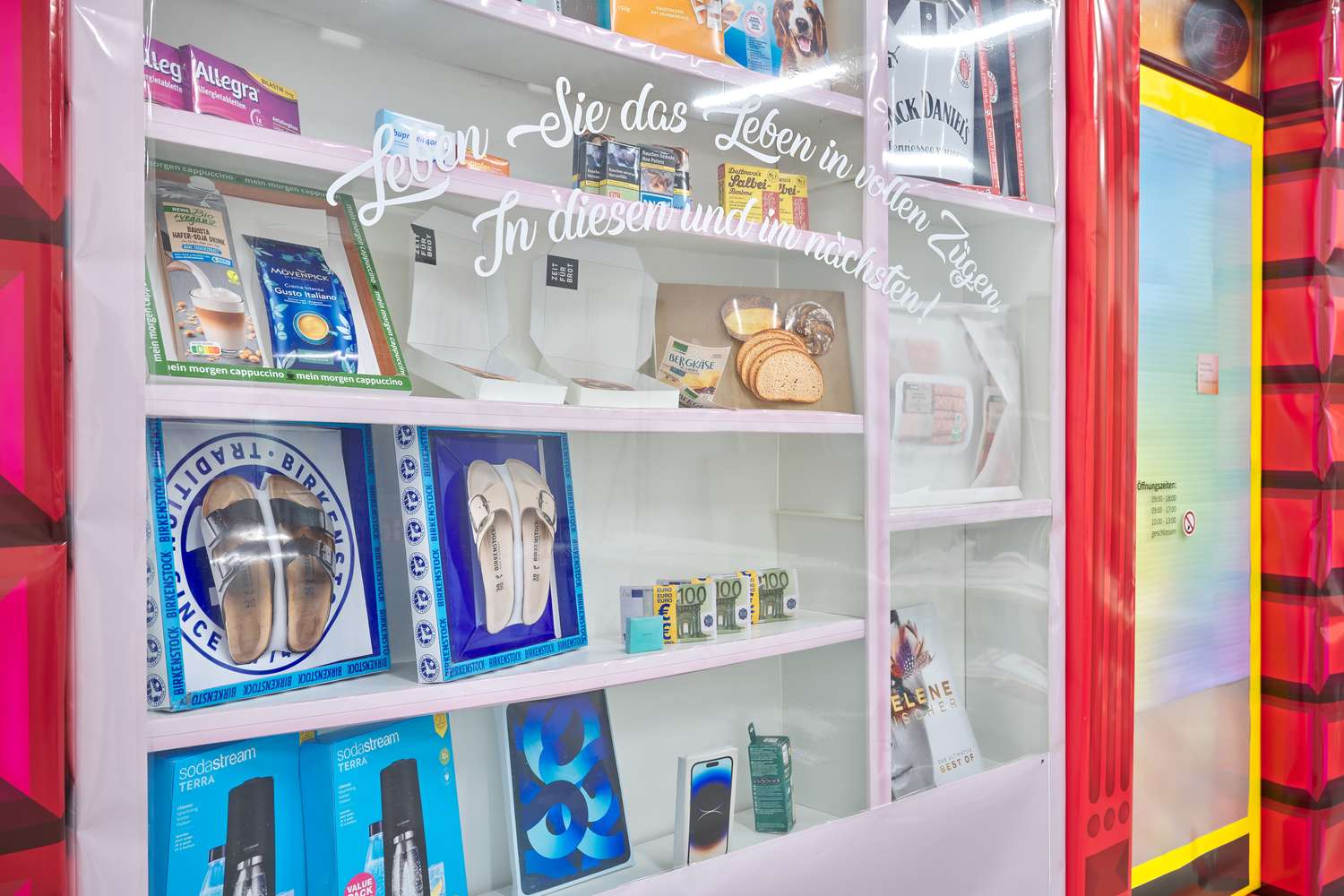
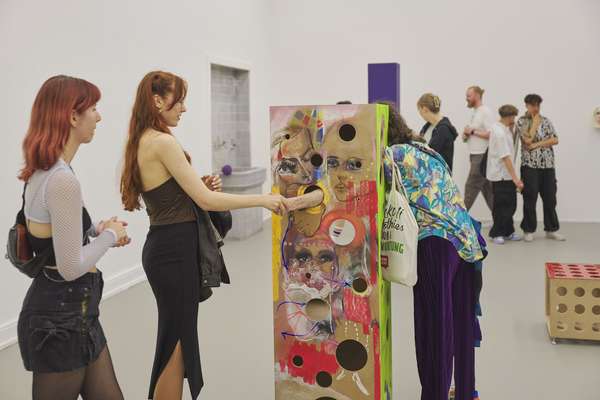
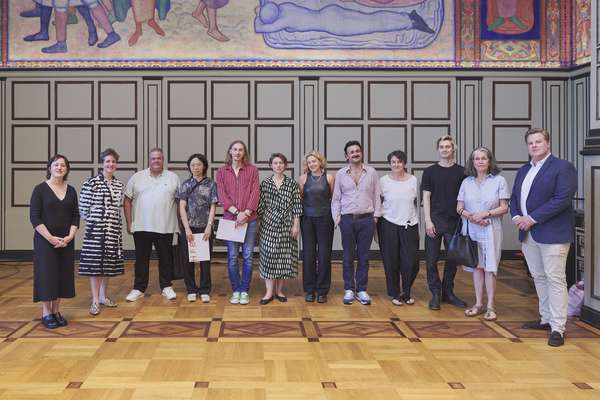


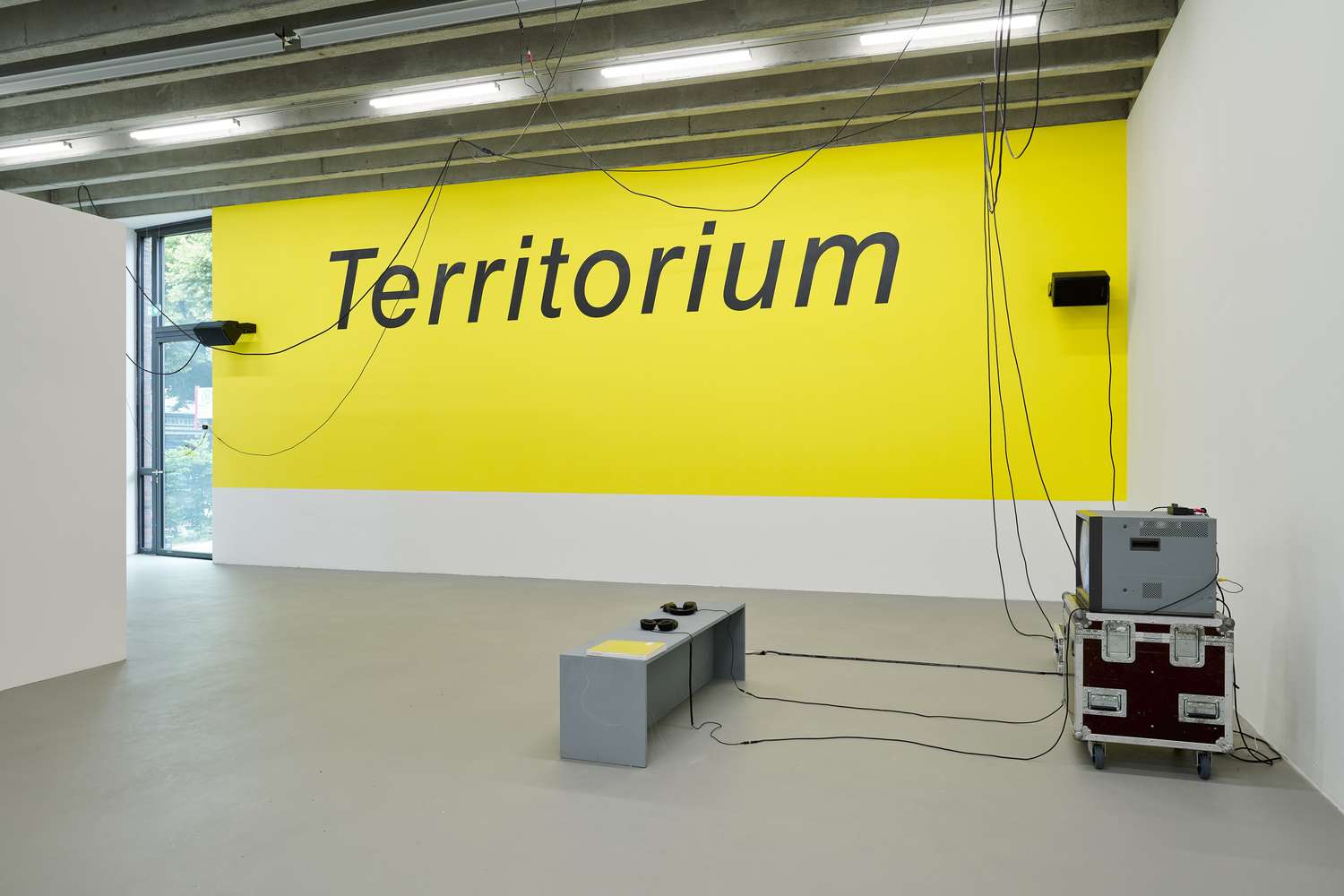

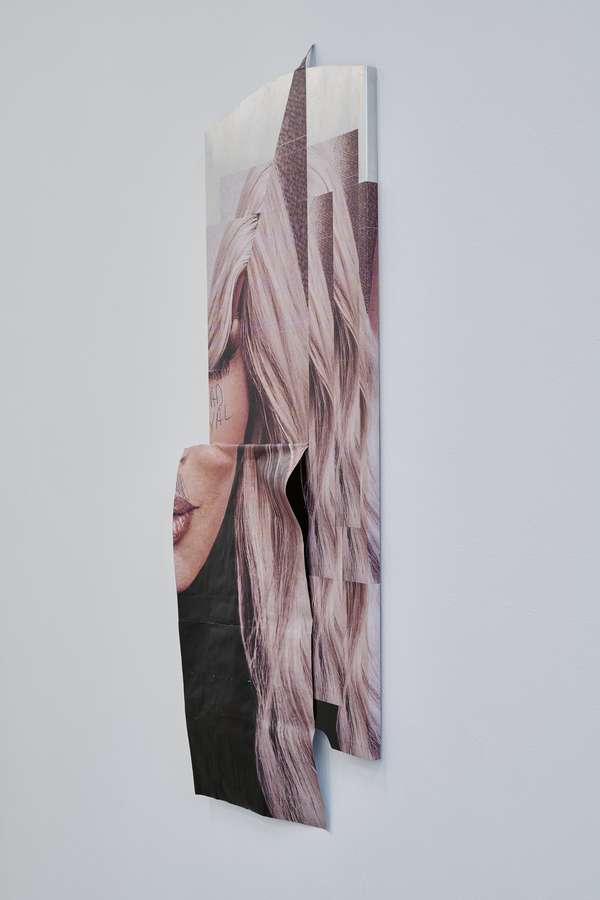



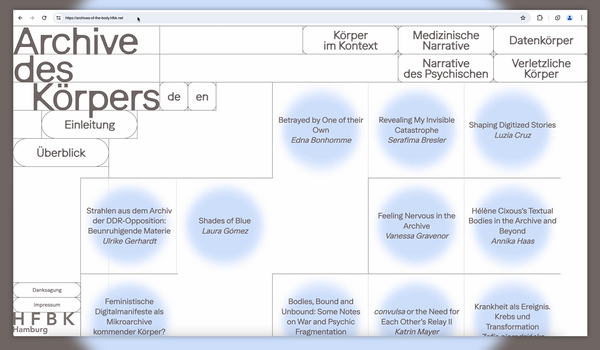






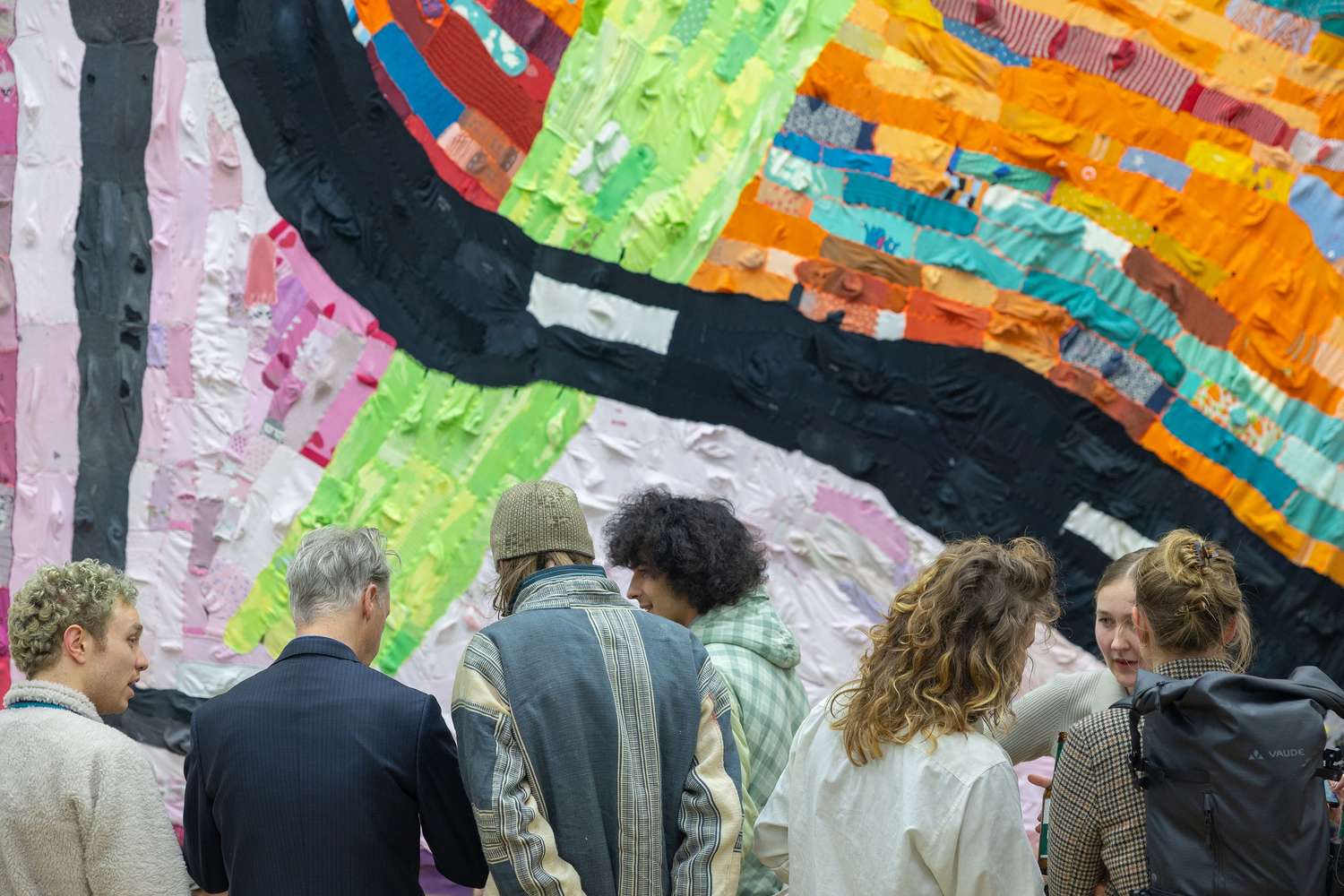








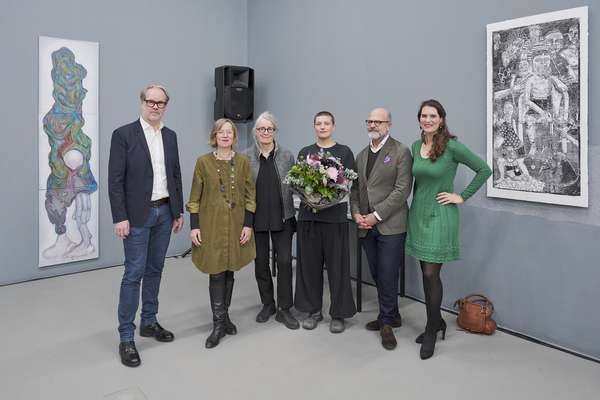


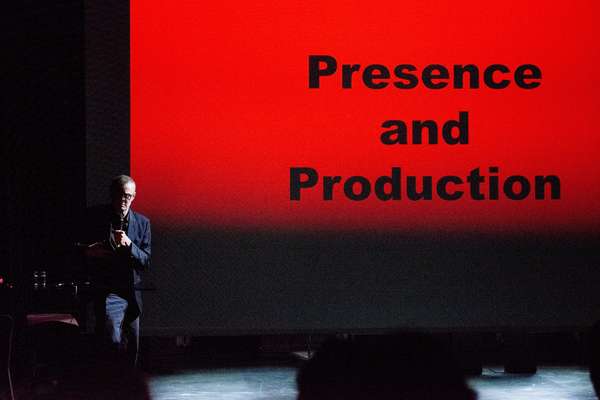



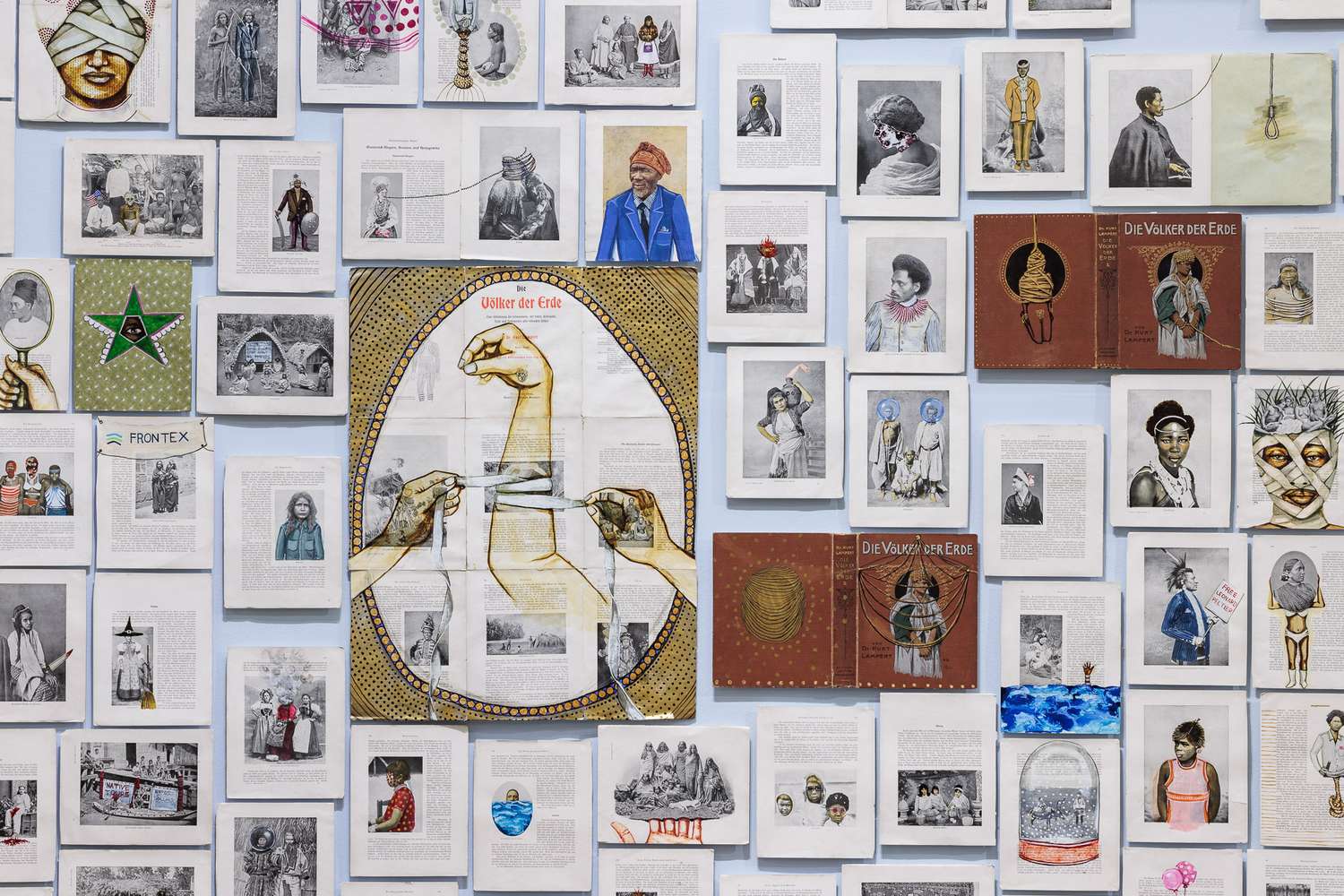









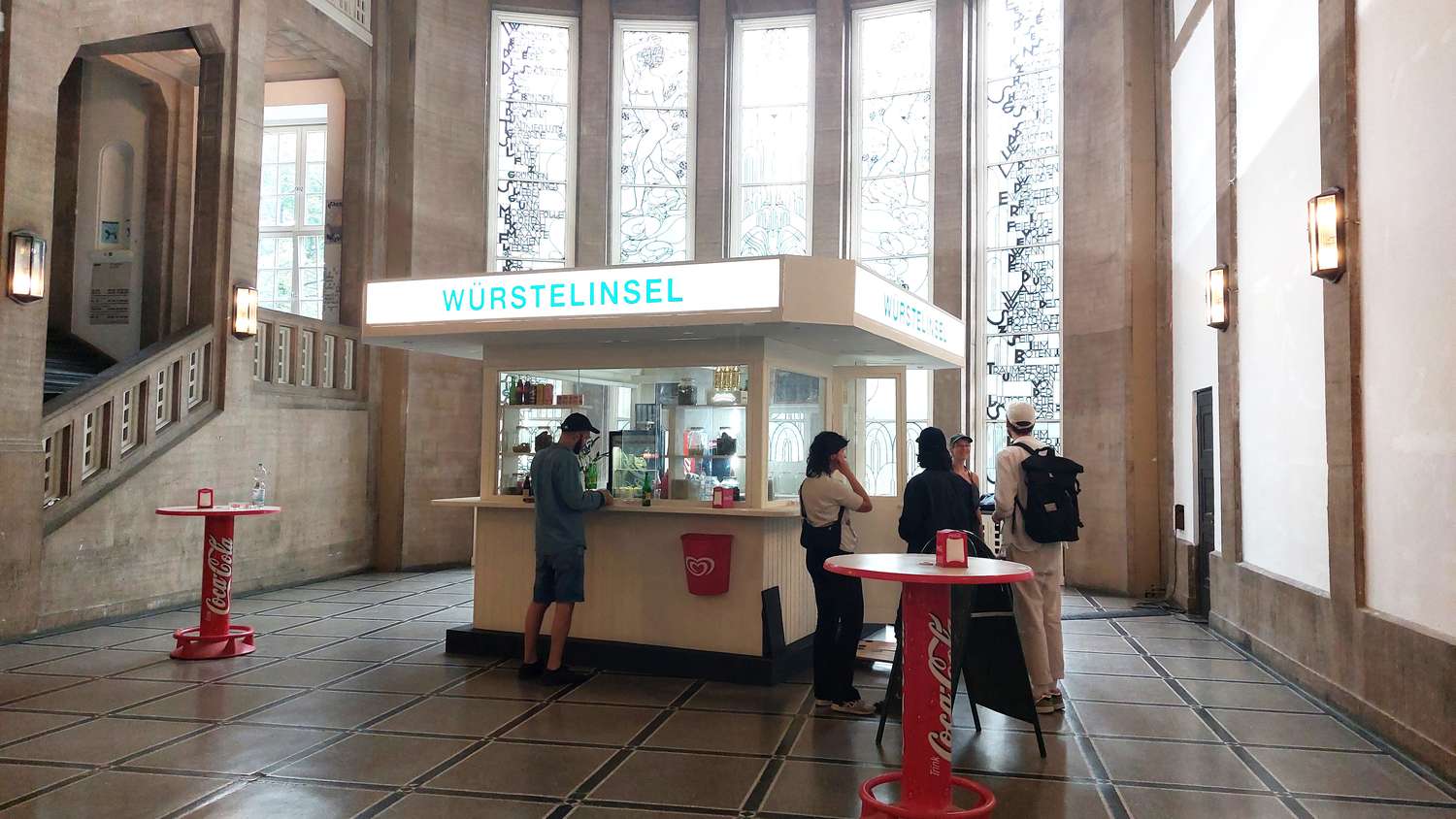








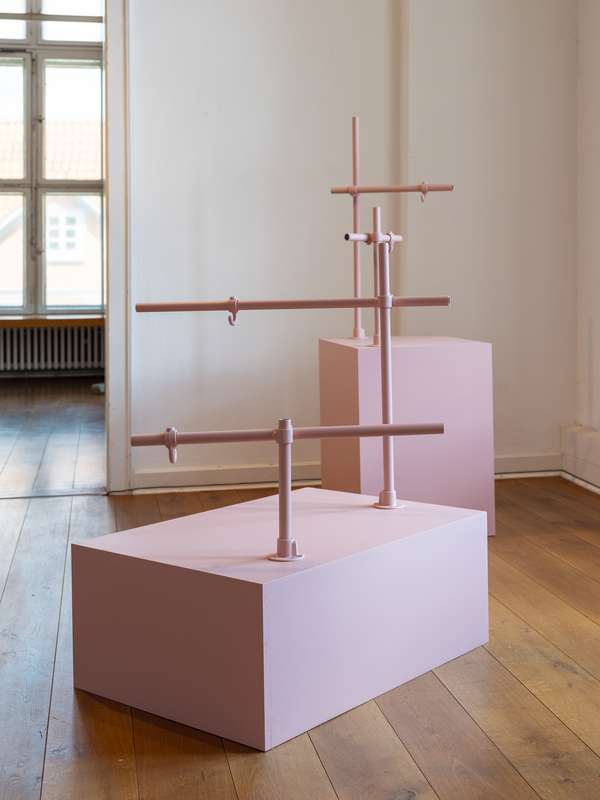

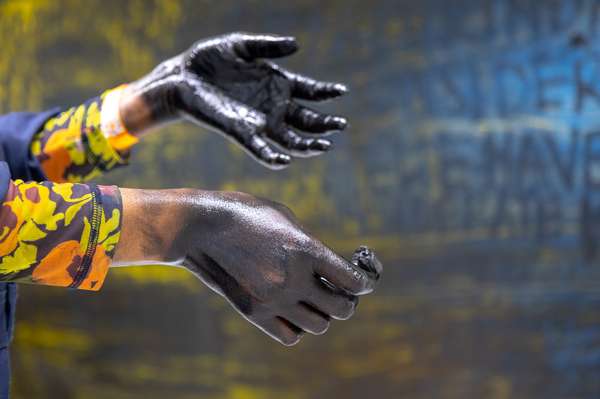




































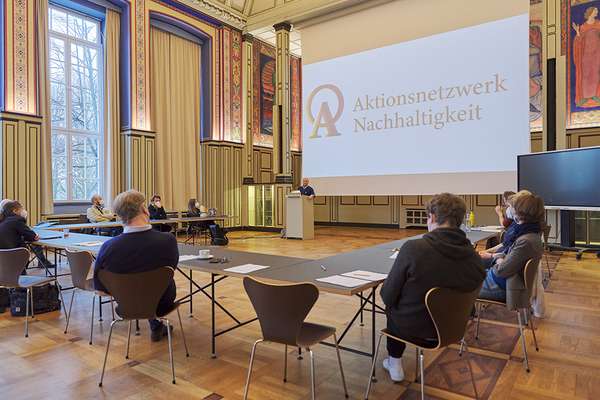






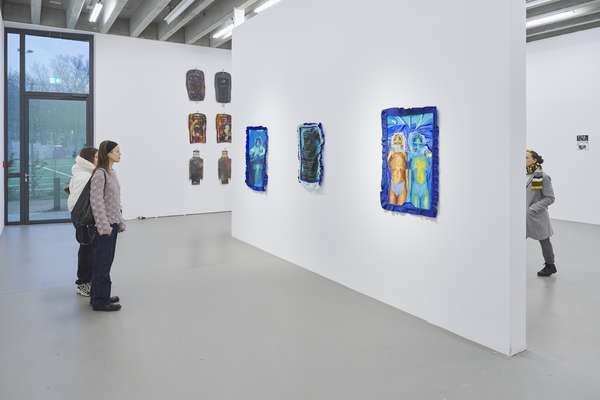








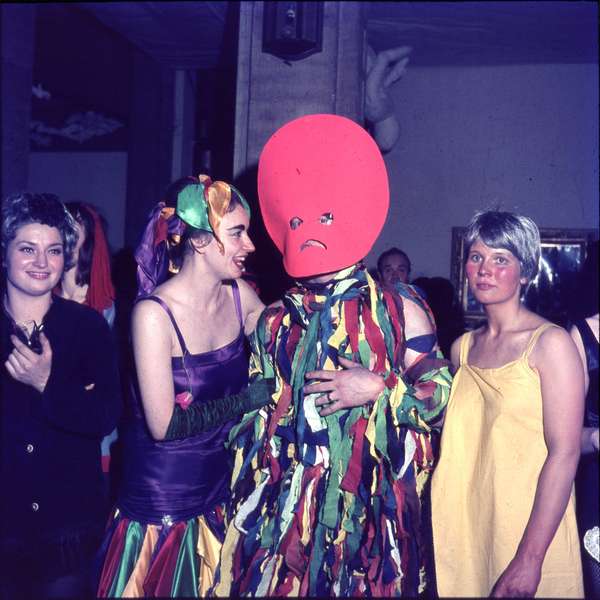

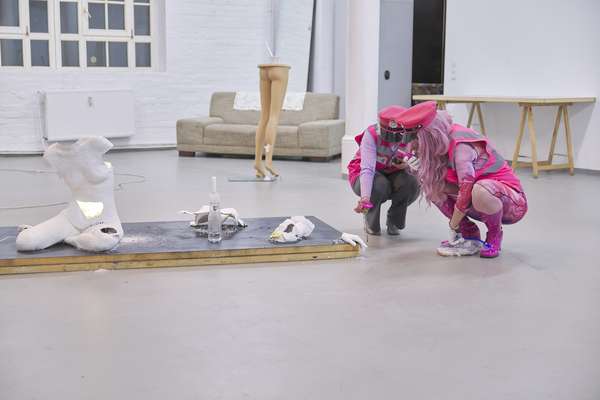







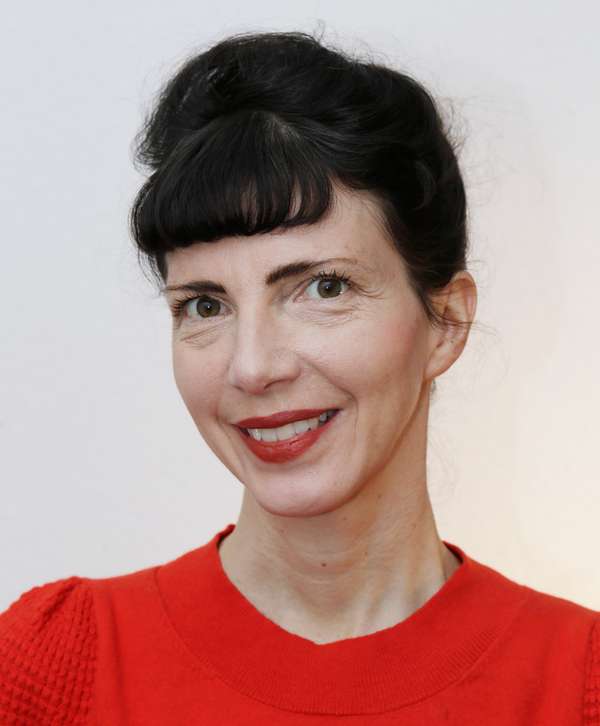
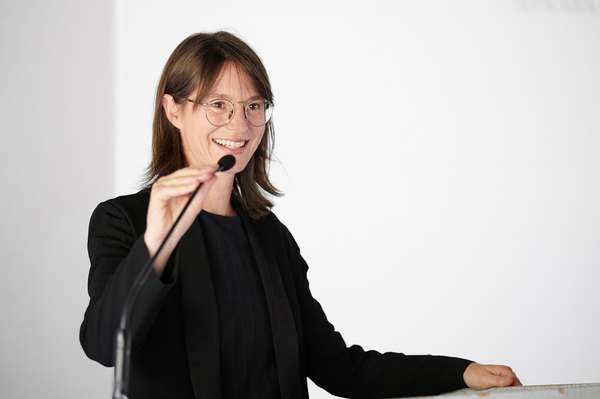




















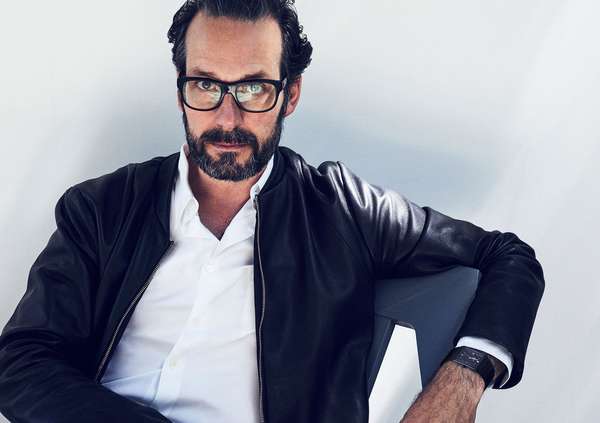







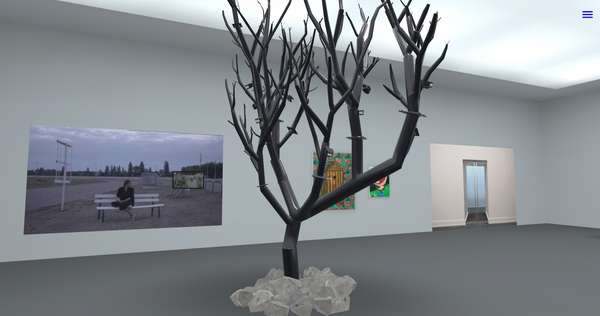
















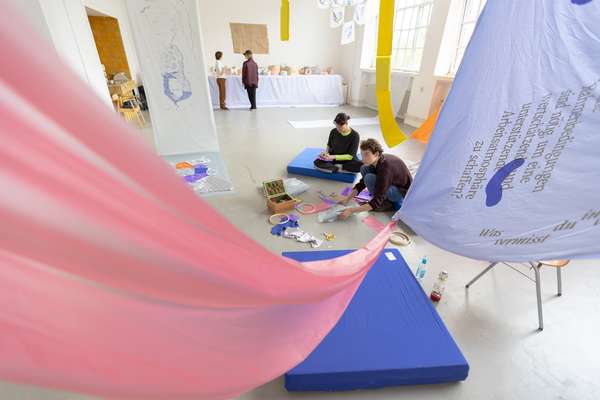

 Graduate Show 2025: Don't stop me now
Graduate Show 2025: Don't stop me now
 Long days, lots to do
Long days, lots to do
 Cine*Ami*es
Cine*Ami*es
 Redesign Democracy – competition for the ballot box of the democratic future
Redesign Democracy – competition for the ballot box of the democratic future
 Art in public space
Art in public space
 How to apply: study at HFBK Hamburg
How to apply: study at HFBK Hamburg
 Annual Exhibition 2025 at the HFBK Hamburg
Annual Exhibition 2025 at the HFBK Hamburg
 The Elephant in The Room – Sculpture today
The Elephant in The Room – Sculpture today
 Hiscox Art Prize 2024
Hiscox Art Prize 2024
 The New Woman
The New Woman
 Doing a PhD at the HFBK Hamburg
Doing a PhD at the HFBK Hamburg
 Graduate Show 2024 - Letting Go
Graduate Show 2024 - Letting Go
 Finkenwerder Art Prize 2024
Finkenwerder Art Prize 2024
 Archives of the Body - The Body in Archiving
Archives of the Body - The Body in Archiving
 New partnership with the School of Arts at the University of Haifa
New partnership with the School of Arts at the University of Haifa
 Annual Exhibition 2024 at the HFBK Hamburg
Annual Exhibition 2024 at the HFBK Hamburg
 (Ex)Changes of / in Art
(Ex)Changes of / in Art
 Extended Libraries
Extended Libraries
 And Still I Rise
And Still I Rise
 Let's talk about language
Let's talk about language
 Graduate Show 2023: Unfinished Business
Graduate Show 2023: Unfinished Business
 Let`s work together
Let`s work together
 Annual Exhibition 2023 at HFBK Hamburg
Annual Exhibition 2023 at HFBK Hamburg
 Symposium: Controversy over documenta fifteen
Symposium: Controversy over documenta fifteen
 Festival and Symposium: Non-Knowledge, Laughter and the Moving Image
Festival and Symposium: Non-Knowledge, Laughter and the Moving Image
 Solo exhibition by Konstantin Grcic
Solo exhibition by Konstantin Grcic
 Art and war
Art and war
 Graduate Show 2022: We’ve Only Just Begun
Graduate Show 2022: We’ve Only Just Begun
 June is full of art and theory
June is full of art and theory
 Finkenwerder Art Prize 2022
Finkenwerder Art Prize 2022
 Nachhaltigkeit im Kontext von Kunst und Kunsthochschule
Nachhaltigkeit im Kontext von Kunst und Kunsthochschule
 Raum für die Kunst
Raum für die Kunst
 Annual Exhibition 2022 at the HFBK
Annual Exhibition 2022 at the HFBK
 Conference: Counter-Monuments and Para-Monuments.
Conference: Counter-Monuments and Para-Monuments.
 Diversity
Diversity
 Live und in Farbe: die ASA Open Studios im Juni 2021
Live und in Farbe: die ASA Open Studios im Juni 2021
 Unlearning: Wartenau Assemblies
Unlearning: Wartenau Assemblies
 School of No Consequences
School of No Consequences
 Annual Exhibition 2021 at the HFBK
Annual Exhibition 2021 at the HFBK
 Semestereröffnung und Hiscox-Preisverleihung 2020
Semestereröffnung und Hiscox-Preisverleihung 2020
 Teaching Art Online at the HFBK
Teaching Art Online at the HFBK
 HFBK Graduate Survey
HFBK Graduate Survey
 How political is Social Design?
How political is Social Design?